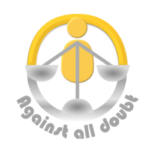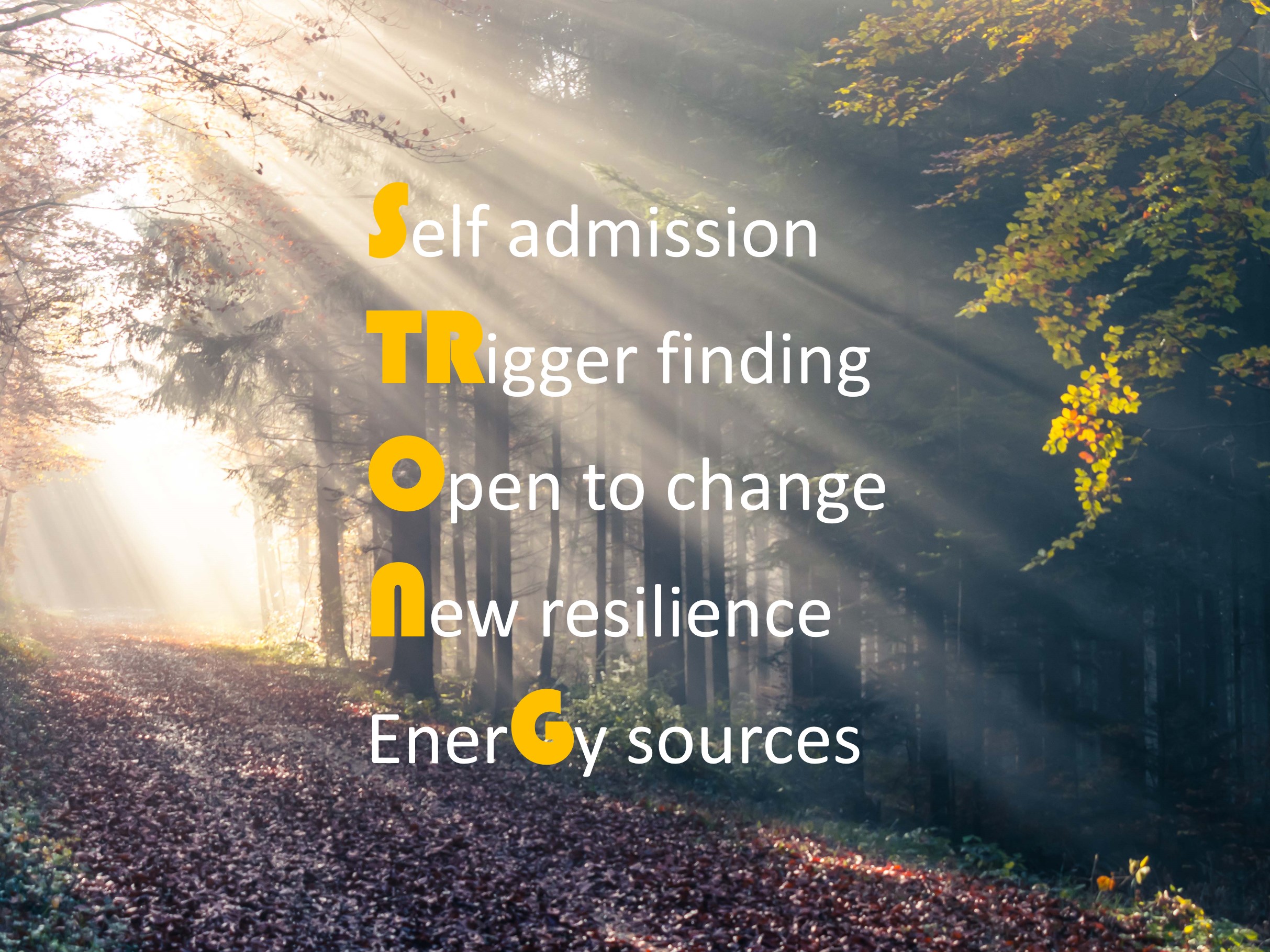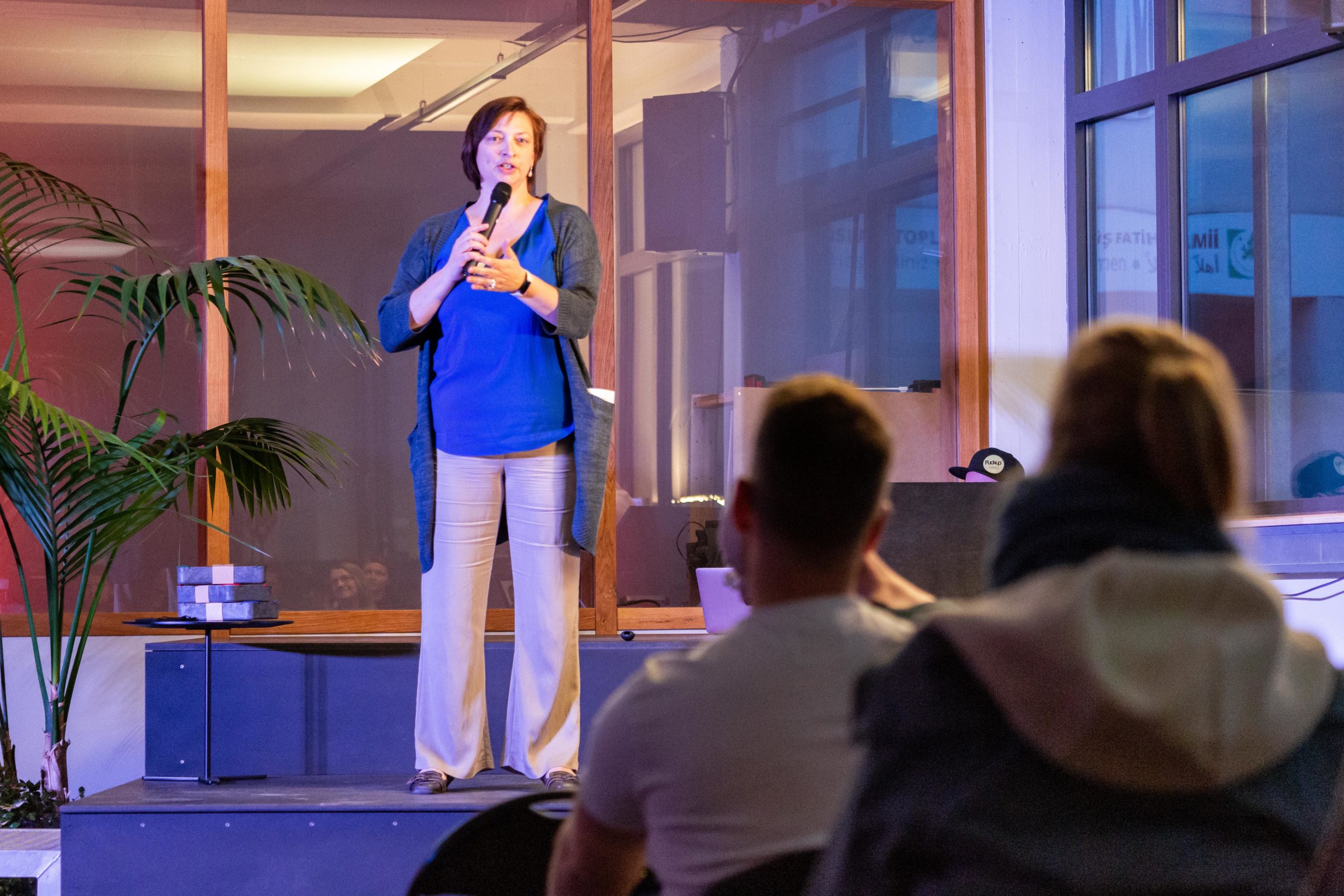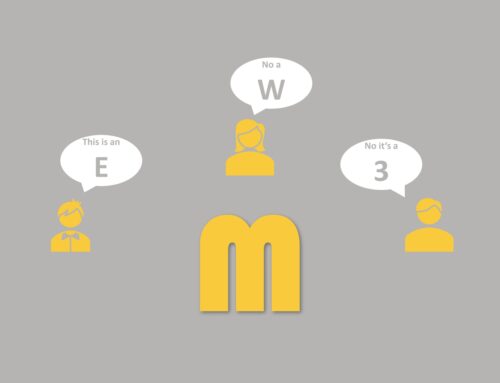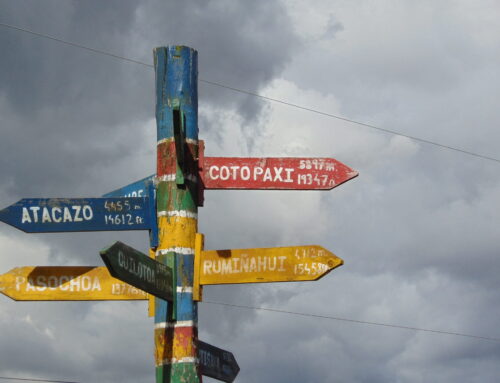As already mentioned, burnout progresses differently from person to person, but in the course or handling of it, one can often see the different imprints of men and women.
For example, society’s image of a woman is often that she must sacrifice herself for the family and always put the needs of others before her own; she is weak and needs a strong man at her side. The image of a “real” man, on the other hand, is more one of strength, who keeps a cool head at all times and always knows where things are going.
If one’s own thoughts, desires and values do not match this world view, a predicament arises from which it is difficult to get out of. One is planned by self-doubt and asks oneself what is wrong with oneself.
However, it is precisely these outdated social norms that make it easier for women to get help and more difficult for men to do so.
Now you’re probably thinking, “But these models are already so dusty and don’t apply like that anymore!” Well, but in which world of thought did we grow up? What are the values that were given to you as a child? For example, I had a physics teacher who, strangely enough, always miscalculated the points to my disadvantage, or a fellow student who, in my first year, insinuated that I was only at a technical university to find a husband. I could, like all of us, list countless such examples. So yes, we are dealing with old role models, but unfortunately they are still within us.
But let’s look in the direction of symptoms. For this, there is a statistic from Statista from 2017. Here, 1,039 people were asked “Which of the following statements about burnout characteristics apply to you very often?“
Here you can see that there are differences between men and women in the following characteristics:
- 26% of women say they get too little recognition for what they accomplish, compared to only 21% of men
- Chronic fatigue affects 21% of women and 14% of men.
- I have lost interest in my work say 13% of men but only 10% of women.
- I am emotionally hollowed out by my work applies to 9% of the men and 7% of the women.
So there are symptoms that occur with different frequency.
In their book “Burnout- the secret to unlocking the stress cycle” Emily and Amelia Nagoski focus on burnout in women. They focus primarily on the difference in upbringing. Men are described as humanbeings and women as humangivers. Different demands are placed on the two groups. This is not a condemnation, but rather the fact that women, unfortunately even today, are expected to always take care of everyone’s sensitivities and to put their needs in the back seat. The whole thing does not happen consciously, but rather subconsciously and comes more or less through the environment. Unfortunately, the whole thing has the consequence that women, especially if they also want to achieve something themselves, are always in a dichotomy. On the one hand, they have to fill the role expected by society and, at the same time, achieve their goals. This double burden easily leads to burnout.
